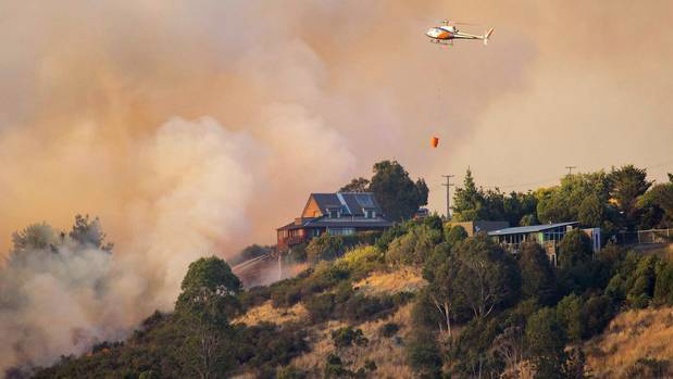
Crack units of disaster response experts will be created as part of a multi-million-dollar shake-up of New Zealand's civil defence emergency response system.
Civil Defence Minister Kris Faafoi has released the Government's response to the report by a ministerial Technical Advisory Group (TAG) launched after the devastating 2016 Kaikoura earthquake and the 2017 Port Hills fires.
The report calls for improvement on how New Zealand responds to natural disasters and other emergencies across five key areas.
It includes putting the "safety and wellbeing of people at the heart of our emergency response system", more consistent and stronger national leadership, and making it clear who is responsible for what, nationally and regionally, and for all local authorities to be "fully engaged".
The report, released at 1pm today, also says New Zealand needs to build the capability and capacity of the emergency management workforce, with particular focus on development of emergency event controllers, and in improving the information and intelligence system that supports decision making in emergencies.
Faafoi says the Government's response needed to be robust and specific to ensure lessons were learned from the disasters and its people and communities protected.
"This Government is committed to ensuring all New Zealanders can rely on a system and a response that will support them in any emergency or disaster," he said.
Funding of $5.2 million has today been announced for specialist rapid-response teams, known as Fly-In Teams, to support communities in an emergency.
Four specialist nine-person squads will be comprised of experienced experts, including event controllers and others with specialist skills like science and communications, who can drop in "without delay" to "work alongside and support the local team to ensure a comprehensive and immediate response is underway", Faafoi said.
A further $1m in new funding, the Government says, will progress other initiatives including the business cases for a new emergency management facility ($250,000) and a common operating picture across the sector ($400,000), and work on legislative changes required ($400,000).
Faafoi says TAG recognised that the current system was fundamentally sound, but needs a number of improvements to meet today's challenges.
"We're seeing a growing number of events and risks in a complex environment and that demands that we clarify, strengthen, modernise and professionalise our response," he said.
"We've also seen in the past nine years New Zealand's ability to respond to emergencies has changed considerably – there's new technology, new ways of working, and learnings from the experiences and challenges we have faced.
"The Coalition Government has agreed we need to make improvements and get consistency to ensure all New Zealanders are supported in any emergency."
Faafoi stressed that the review of civil defence was not any reflection on the contribution of the volunteers and professionals who respond to emergencies, who have his utmost respect.
"But this is about ensuring the system is fit for purpose in 2018 and the years ahead," he said.
"Some of this is about continuing work already underway, and some is about reprioritising and refocussing efforts. There are areas that would need significant investment and require further work, such as consideration of a new national emergency management agency and a better national emergency management facility. That work will happen over the coming months."
Faafoi added: "Local government has a major role to play in lifting the system and has made a significant contribution to help us get to where we have today. Many others, particularly iwi, also play a significant role and their contributions have also been instrumental.
"These partnerships will remain critical and valued as we continue to progress all of this work."
The then New Zealand Fire Service (NZFS) and National Rural Fire Authority commissioned an independent operational review of the event to learn from their response.
It found several areas where Fire and Emergency New Zealand needed to improve, which said at the time it was focusing on improving how firefighters and the incident management team operate and work together, the safety of firefighters, and keeping the community at the "heart of our work before, during and after an incident".
Take your Radio, Podcasts and Music with you









